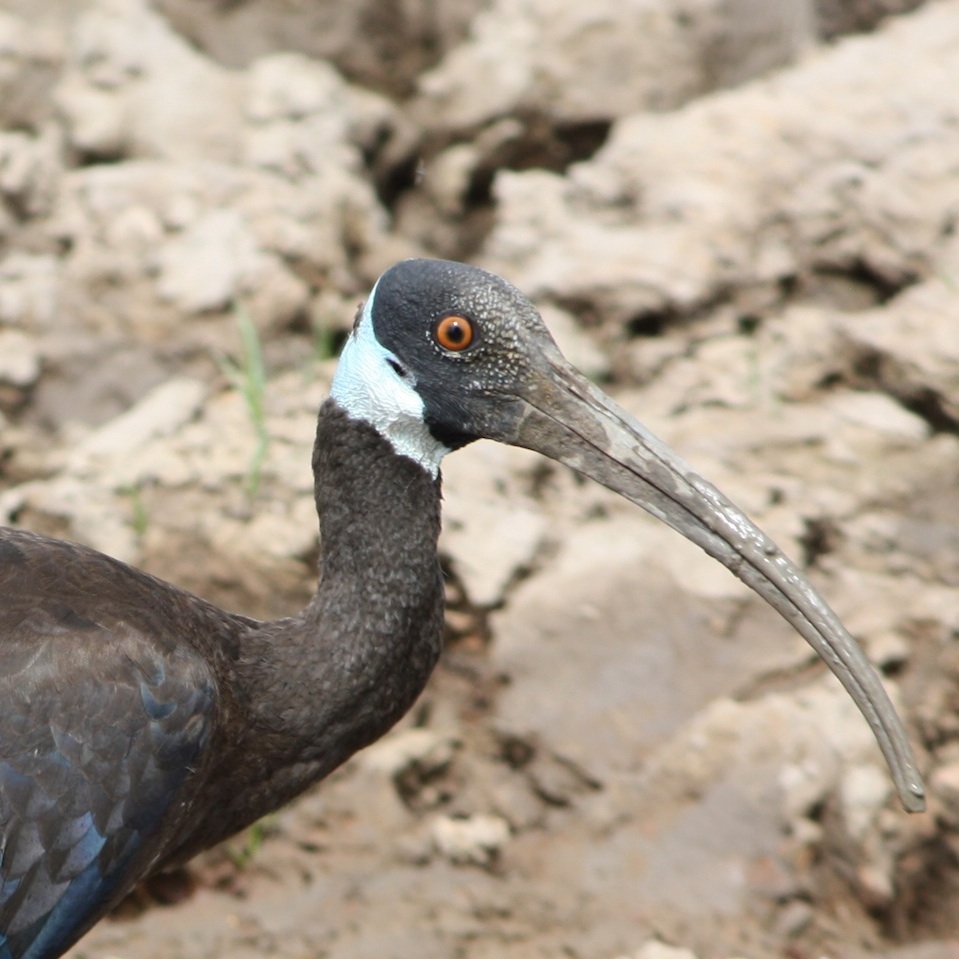 Millions of hectares of natural habitat are being lost to concessions in Cambodia and Laos with little assessment of the impacts to threatened species.
Millions of hectares of natural habitat are being lost to concessions in Cambodia and Laos with little assessment of the impacts to threatened species.
Uniform rows of young oil palms stretch off into the distance; a regiment of spiky opponents to anything that now dares cross the landscape. The dry forest that once supported a suite of threatened large waterbirds, vultures and mammals has been erased. While the conversion of forest to plantation is a story heard repeatedly across the tropics, the fact that this plantation has arrived inside an important protected area, and on land valued by locals for grazing their livestock, makes the scene even harder to take in. This site in Lomphat Wildlife Sanctuary is now just one of many parts of Cambodia and Laos facing immediate or imminent habitat loss, as land concessions bring a wave of agricultural development to the region.
Covering up to 10,000 ha of land for 99 years, every economic land concession granted by the Cambodian government represents a dramatic change in local land use. State private and state public lands (typically forests) are leased to large Cambodian and Vietnamese companies who grow commodity or energy crops (such as cassava, oil palm, jatropha and sugar cane), fell the natural timber, or simply sell their lease rights to the next land speculator. Similar deals are taking place in Laos although the mechanisms of concession governance are not as transparent.
Cropping has not yet commenced in many concessions, but the areas now marked for plantation agriculture are vast, with reportedly 2.6 million ha leased in Cambodia and at least 1.1 million ha in Laos. Furthermore, many individual concessions and concession-holders have far more land than permitted by law (Global Witness 2013). Heavy criticism from local stakeholders and external observers (as well as allegations of human rights violations and corruption) have made concessions a very sensitive political issue, but it also provoked the Cambodian and Laotian governments into issuing moratoriums to curb further designation of new land concessions. Nonetheless, with existing concession plans continuing unabated, agricultural expansion in the next 10-15 years could still determine the fate of the region’s threatened birds.
Surprisingly, the likely impact of concessions has rarely been assessed. This is partly due to the uncertain locations and status of concessions, but also due to caution on the part of some conservation organisations working in the region. Good governmental relations are pivotal for working in these countries but exposing and publicising the threat from concessions is somewhat compromised when having to nurture relationships with controversy-wary authorities. Despite the lack of quantitative predictions, the effects of habitat conversion are likely to be severe. For example, an estimated 33-37% of the remaining global population of White-shouldered Ibis Pseudibis davisoni occurs inside agricultural concessions and this, in combination with proposed infrastructural projects, will push it to the absolute brink of extinction (Wright et al. 2013).
Outright opposition to development is obviously untenable: one quarter to one third of people live in poverty in Cambodia and Laos. Instead, conservation here, and throughout the tropics, faces a challenge to ensure that industrial-scale agriculture is restricted to the areas of lowest conservation value. Maintaining the integrity of protected areas is critical as the rush to claim land continues and chances to protect additional sites decrease. Some government agencies have shown the will and strength to reverse concessions in areas of conservation importance and this should be applauded. Meanwhile, proving that conservation can pay its own way in maintaining protected areas (e.g. through REDD+) will increase political support for their preservation. Negotiating with concessionaires is not often attempted but could be a useful last resort, minimising losses where other approaches have not succeeded.
From a research perspective, there is plenty to be done to aid the conservation cause. Many of the threatened birds in the region are still poorly known and effective action plans cannot be drawn up until these species’ requirements are better understood. With recent national and international attention provoking discussion and a little more transparency over concessions, it may finally become more feasible (and politically acceptable) to obtain data and explicitly assess the imminent impacts of concessions on biodiversity. Furthermore, these countries are lacking land-use planning studies that identify optimal locations for competing land uses – information that is critical for decision-makers when reconciling conservation with development projects. Finally, as the problems in South-East Asia are far from unique, understanding what information the authorities require and what approaches are most effective for engaging governments will be valuable for conservation in many low-income countries.
References
Global Witness 2013. Rubber barons: how Vietnamese companies and international financiers are driving a land grabbing crisis in Cambodia and Laos. Global Witness, London, UK.
Wright, H. L., N. Net, K. Sok, and P. Sum. 2013. White-shouldered ibis Pseudibis davisoni population size and the impending threat of habitat conversion. Forktail 29: in press.
Images: Plantation © Jonathan Eames; White-shouldered Ibis © Hugh Wright
Blog with #theBOUblog
If you want to write about your research in #theBOUblog, then please see here.






